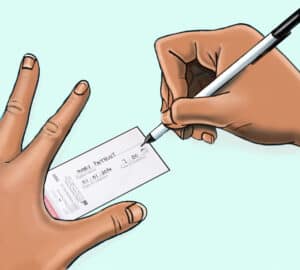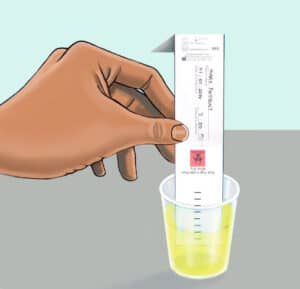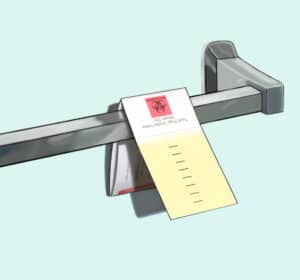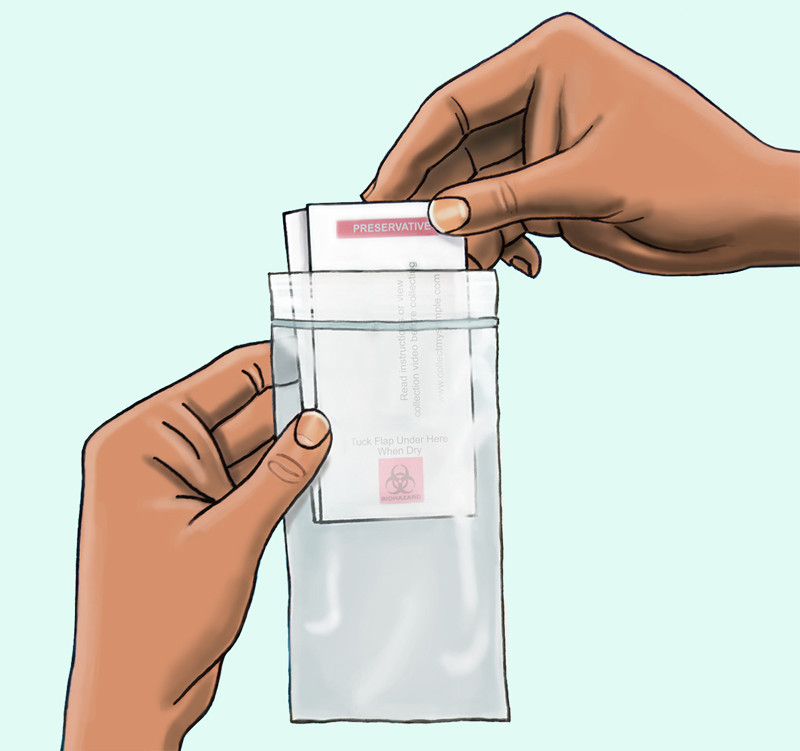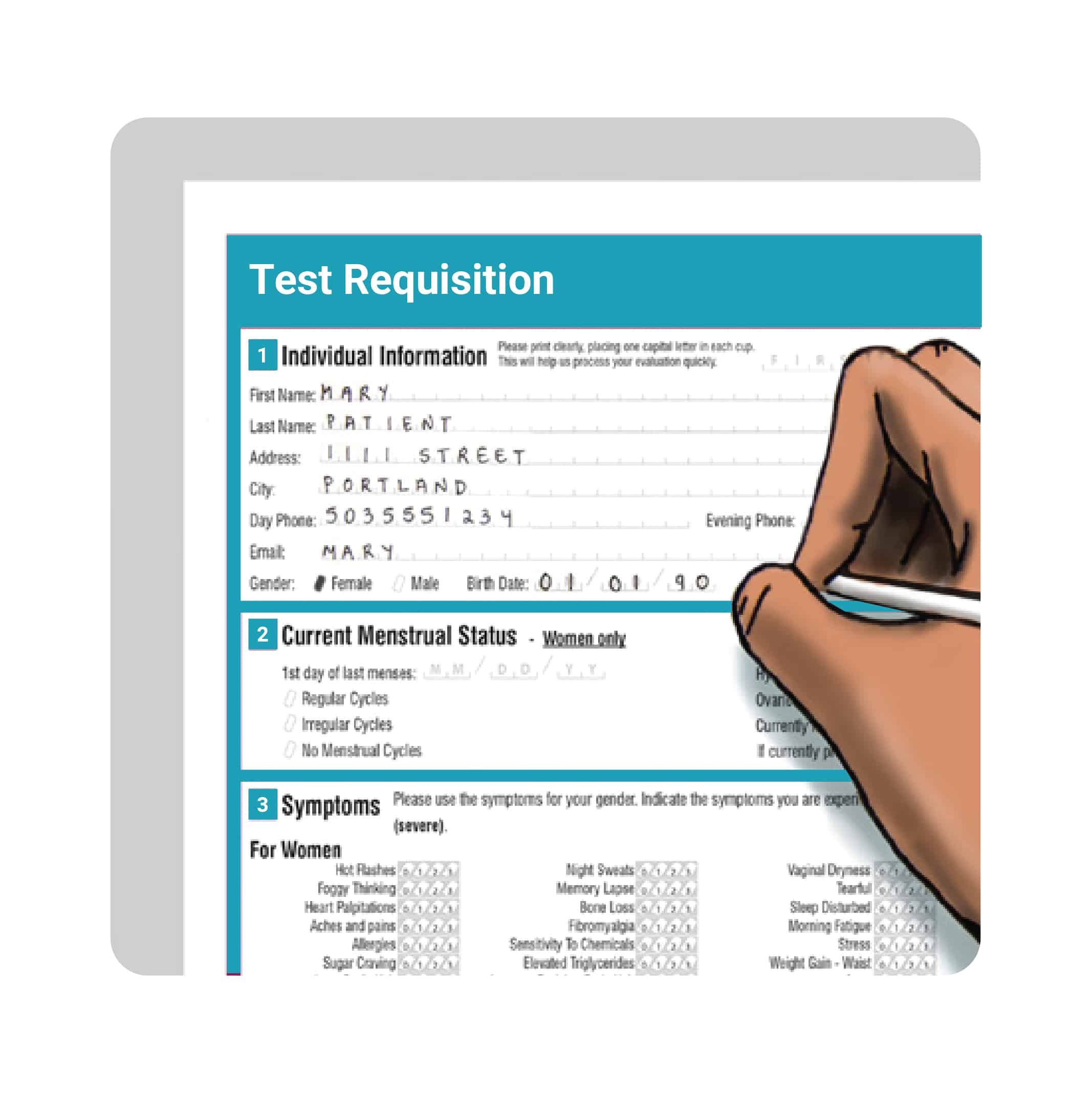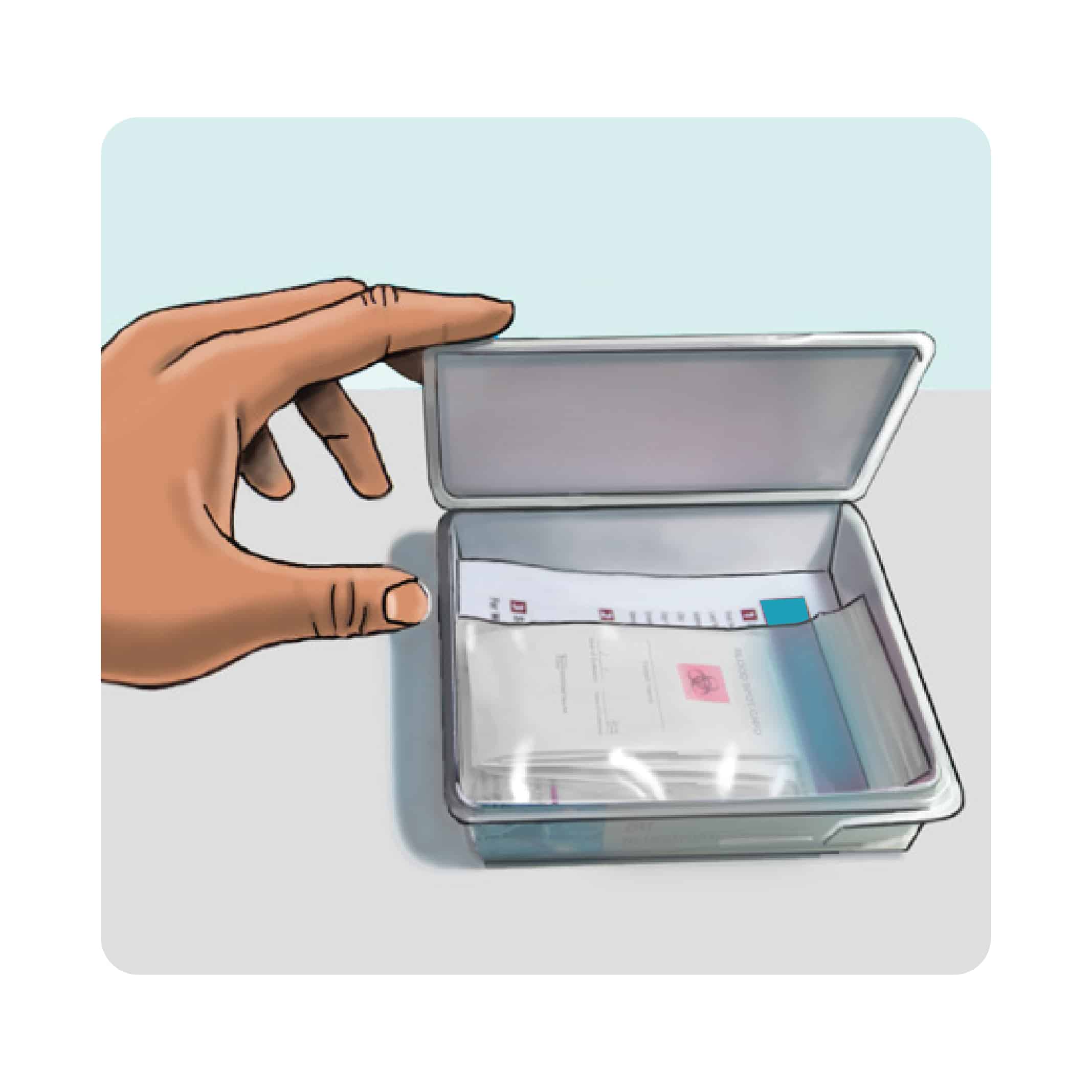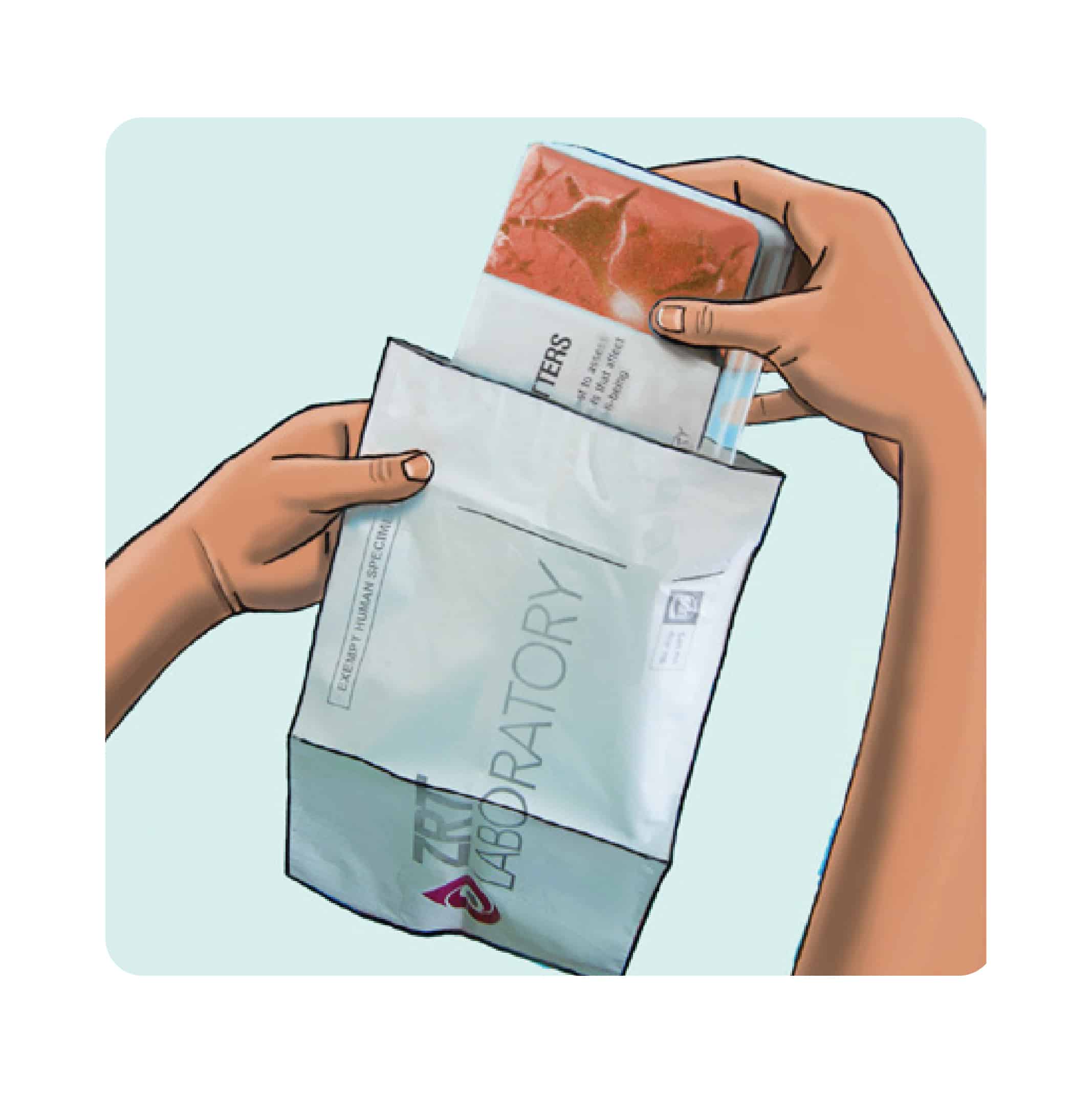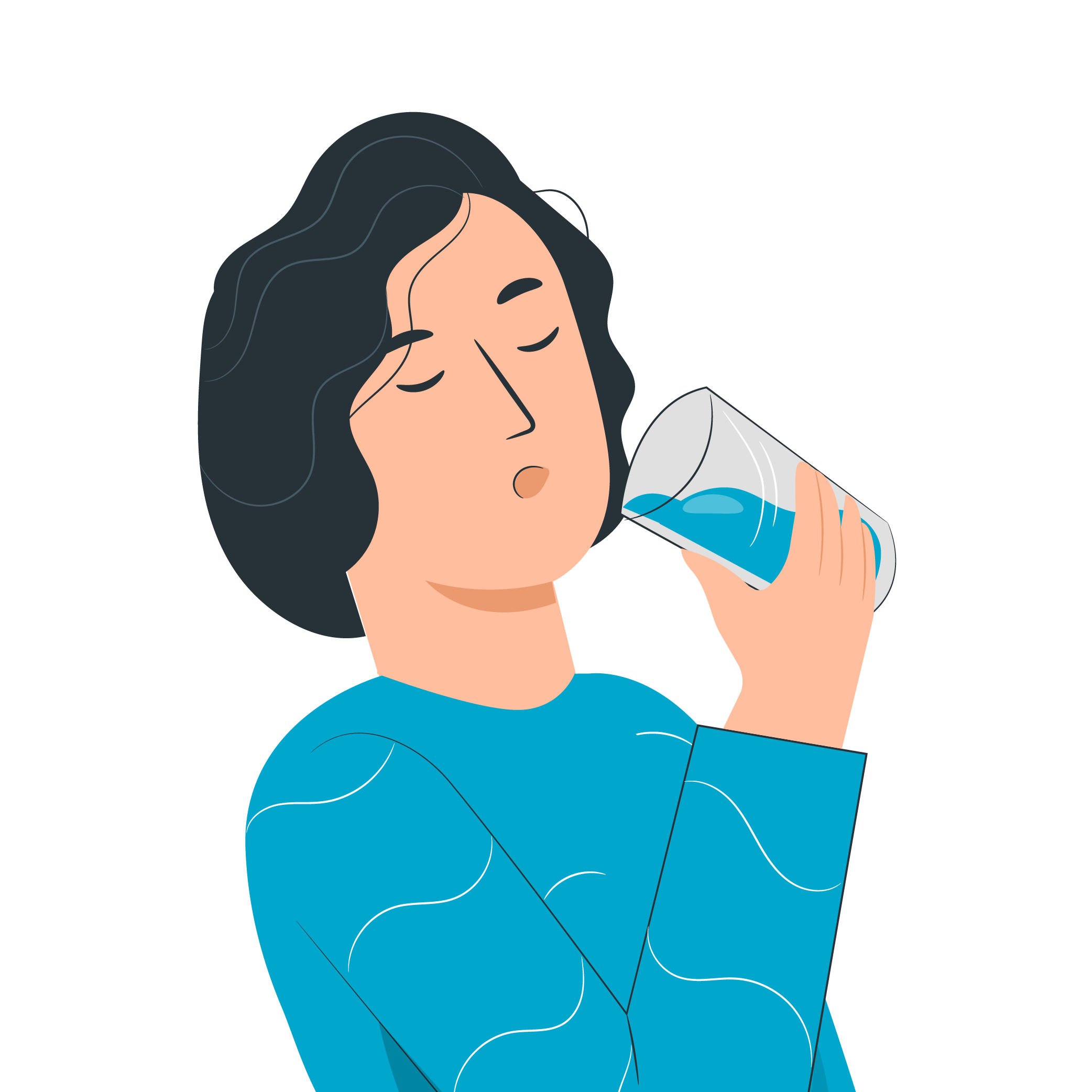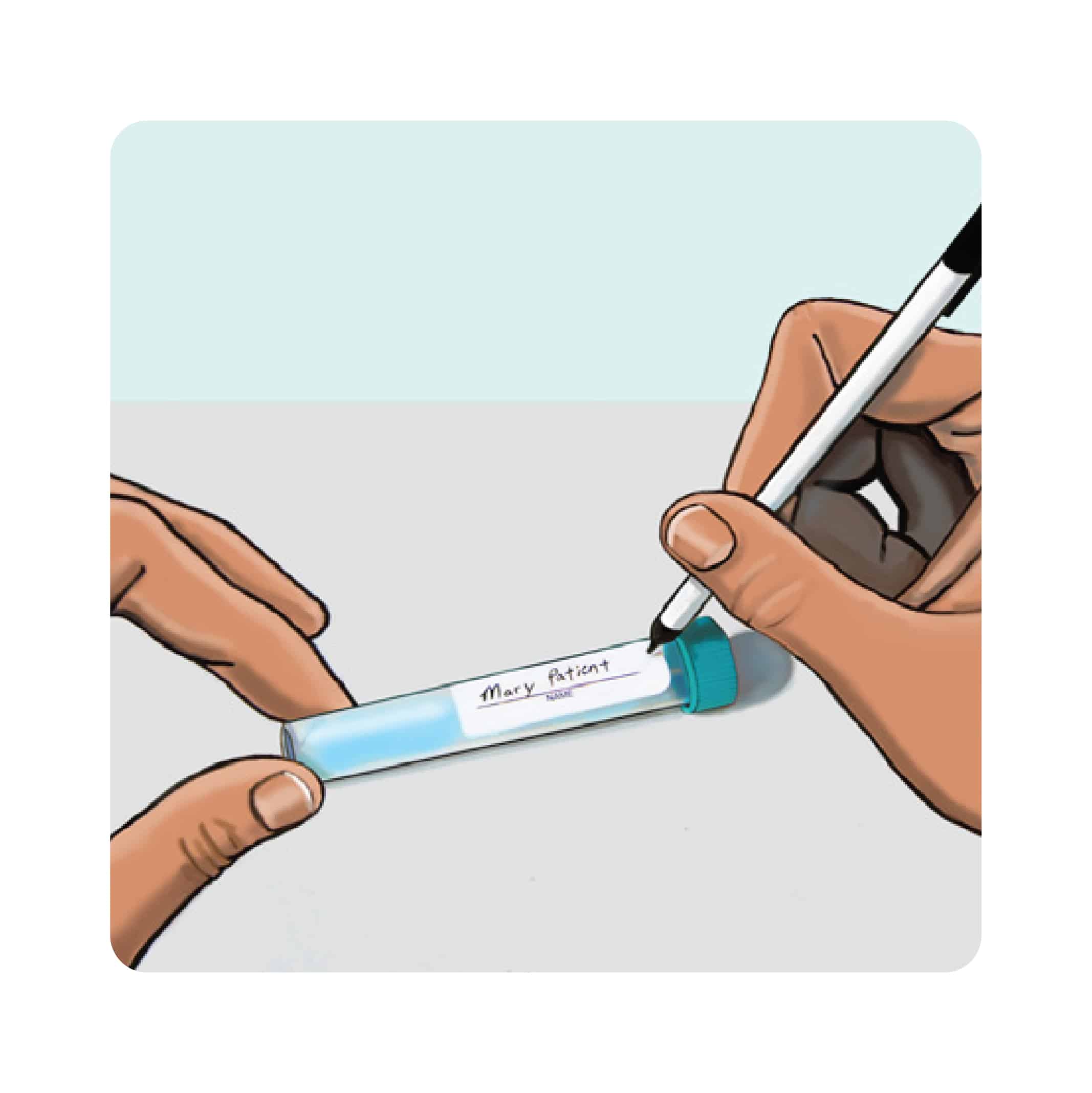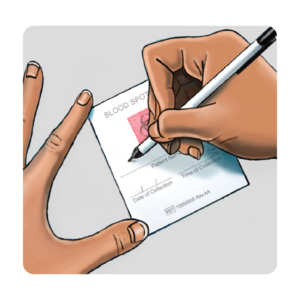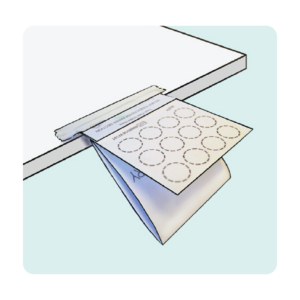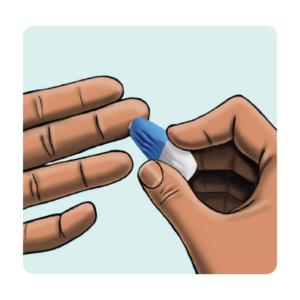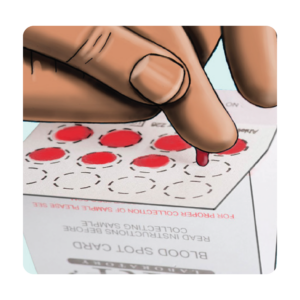
A complete blood count is used to evaluate your overall health and can assist medical professionals in the detection of a wide range of disorders, including anemia, infection, and some cancers.
Online & PDF results are typically available 2-3 days after our lab receives your test.
Note: Our at-home CBC is not a diagnostic test and cannot confirm any specific illness or disease. Further testing and medical consultation may be required to determine the cause of abnormal results.
If purchasing for two people, it’s required to create their account to order.
All Lab Me tests are performed by high-complexity CLIA certified and CAP-accredited laboratories.

If you’re wondering how to review your overall health, at home, and self-monitor a medical condition or treatment, the Lab Me at-home complete blood count is a perfect place to start.
Maybe you are worried or want to take control of your health, no matter the case Lab Me is here to help.
All Lab Me tests are performed by high complexity CLIA and CAP licensed laboratories undergoing routine audits.
Always share your results with your personal doctor - having tracked blood data can help your healthcare team make accurate decisions faster.
You do not need to fast prior to this test but it is recommended to take it first in the morning prior to breakfast.
Regular testing of biomarkers can act as an early detection system. Especially if you're not getting enough sleep, have improper nutrition, substandard training, unwise lifestyle choices or weak bone health. Lab Me helps by detecting non-optimal levels of blood biomarkers . For example high levels of cortisol which is an indicator of stress.
Red Blood Cell Count (RBC)
RBCs carry oxygen throughout the body and remove excess carbon dioxide. Too few RBCs may be a sign of anemia or other diseases. In rare cases, too many may cause problems with blood flow.
Hematocrit
This means the portion of red blood cells in a certain amount of whole blood. A low hematocrit may be a sign of too much bleeding. Or it might mean that you have iron deficiency or other disorders. A higher than normal hematocrit can be caused by dehydration or other disorders.
Hemoglobin
Hemoglobin is a protein in red blood cells. It carries oxygen from your lungs to the rest of the body. Abnormalities can be a sign of problems ranging from anemia to lung disease.
White Blood Cell Count
Including Eosinophils, Neutrophils, Lymphocytes, & Monocytes, All play a role in fighting infections. High numbers of WBCs, or of a specific type of WBC, may mean you have an infection or inflammation somewhere in your body. Low numbers of WBCs may mean you are at risk for infections.
RDW
How the size of your red blood cells varies. This test is known as red cell distribution width. For instance, you may have greater differences in red blood cell size if you have anemia.
Platelets
Platelets are cell fragments that play a role in blood clotting. Too few platelets may mean you have a higher risk of bleeding. Too many may mean a number of possible conditions.
MCV
This test is known as mean corpuscular volume (MCV). MCV goes up when your red blood cells are bigger than normal. This happens if you have anemia caused by low vitamin B12 or folate levels. If your red blood cells are smaller, this can mean other types of anemia, such as iron deficiency anemia.
MCH
This test measures how much hemoglobin your red blood cells have.
